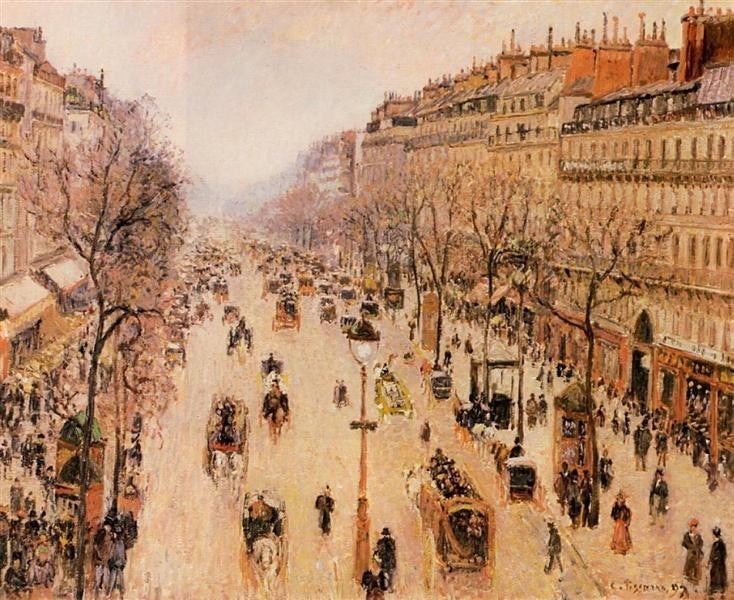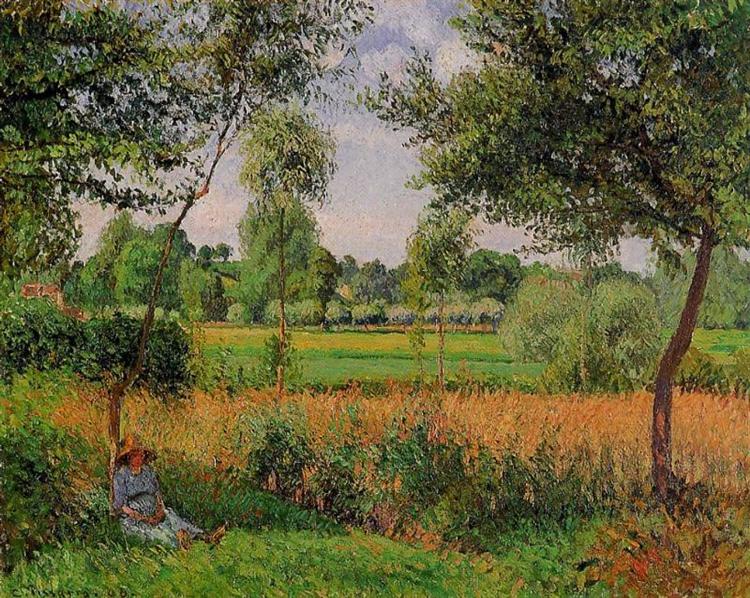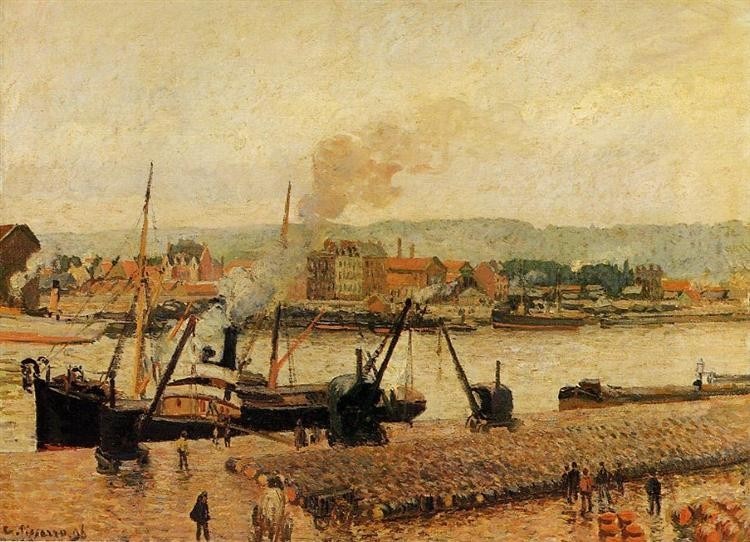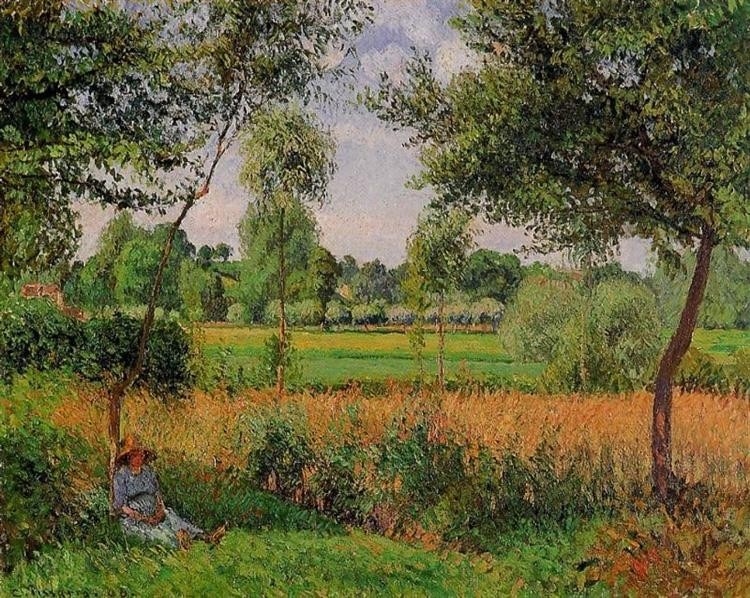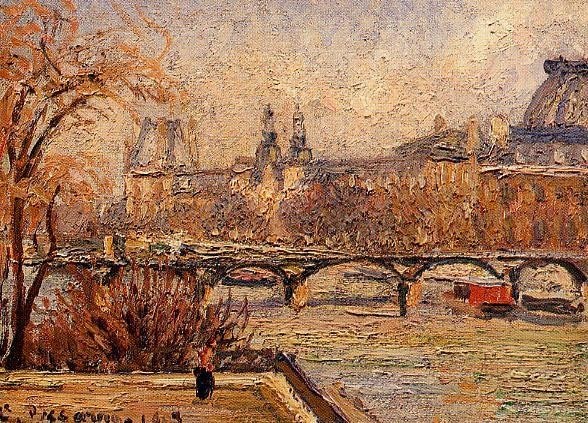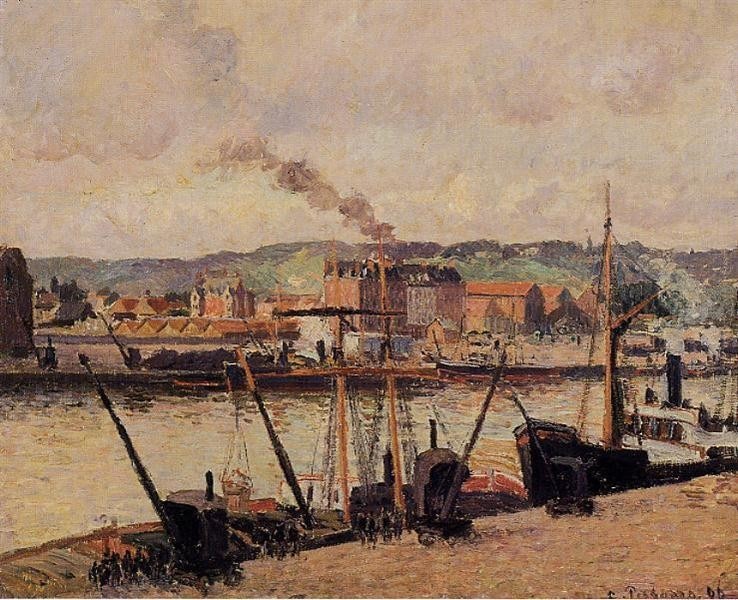Santa Maria la Longa, January 26, 1917.
A young corporal of the 19th infantry regiment of the ‘Brescia’ brigade, Giuseppe Ungaretti, wrote on a postcard addressed to Giovanni Papini, Italian writer and poet: M’illumino d’immenso – in English translated as: I illuminate (myself) with immensity.
Four simple words that made the reputation of one of the greatest Italian poets. An image as concise as it is impactful which describes a particular moment of the day when the sun rises and ‘strikes in the form of light.’ (R. Luperini, Writing and Interpretation). The form of light inspires, astonishes, and brings wonder, certainly not only to poets.
Camille Pissarro, a French Impressionist painter, portrayed the Boulevard Montmartre at different times of the day, but especially in the morning, when the light fills the streets, gives shape to the architecture, people, and the many carriages that travel the well-known street.
Spring Morning is one of the most famous works of the French master. It originates as an experiment and is articulated through the perspective provided by the light itself. The architectures in the background seem to almost disappear; the light blends and merges them. The same light emphasizes the reds of the chimneys and contrasts with the many black figures filling the street.
Pissarro painted urban and rural landscapes – everything that fascinated him, everything in which he found his idea of beauty. In every description, he always included the exact moment when he was painting. Morning was always there, almost an obsession. Morning, after the rain, Rouen; Morning, Flowering Apple Trees, Eragny; Morning, The Docks, Rouen; Morning Sunlight Effect, Eragny; The Louvre, Morning, and so on.
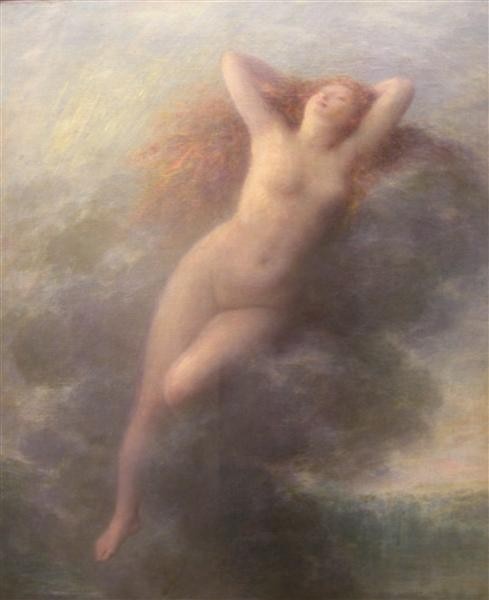
Among the many works depicting the morning, perhaps the most fascinating is the image gifted to us by the French master Henri Fantin-Latour: Morning.
A beautiful, naked woman with long red hair is enveloped in soft clouds. The light appears gentle, as if the sun were just rising. Everything is dreamy and sensual; the morning takes on real forms, identifying the moment of the day through a female body. The awakening of the senses, the innocence of a young maiden, all expressed in its erotic power.
There is no place, there is no time, there is only the moment.
‘Candid Deity, whose foot is rosy, | and on the forehead carries Venus’ star, | beautiful Morning returns smiling, | messenger and escort of the now-near Sun. | Night fled before him, who now sits | upon the westernmost gate, | drawing with her hand from the entire sky to herself, | and folding the dark veil into herself.’
Ippolito Pindemonte
Opening image: Camille Pissarro, Boulevard Montmartre, morning, grey weather, 1897


